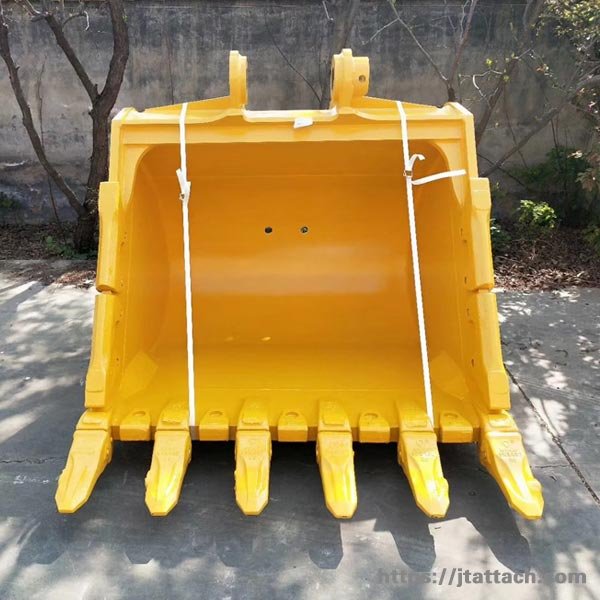
In the construction and excavation industry, efficiency and productivity often depend on the tools you use. One such critical tool is the soil bucket. Designed for digging, lifting, and transporting soil and loose materials, the right soil bucket can significantly impact your project timelines and costs. But what makes some soil buckets better than others when it comes to load capacity?
This blog explores the key features of a soil bucket that enhance its load capacity and overall performance, helping you choose the best bucket for your machinery and job requirements.
Load capacity determines how much material a soil bucket can carry in a single scoop. A higher load capacity means fewer cycles are needed to complete a job, saving time, fuel, and labor costs. Whether you’re working with a backhoe loader, skid steer, or excavator, maximizing your bucket’s efficiency is critical.
However, achieving a high load capacity isn’t just about making a bigger bucket. The design, material, and structural features play a significant role in ensuring the bucket can handle larger loads without compromising durability or machine performance.
One of the most important features affecting a soil bucket’s load capacity is its shape.
Tapered Side Walls: Tapered walls reduce resistance when penetrating soil, allowing the bucket to fill faster and hold more material per scoop.
Deep Curved Back: A deep, curved back design enhances the “rolling” action of soil into the bucket, leading to quicker and fuller loading.
Extended Cutting Edge: A wider cutting edge increases the bucket’s surface area, enabling it to pick up more material efficiently.
A well-designed soil bucket not only improves filling but also reduces spillage during transport.
To handle heavier loads, soil buckets must be built to withstand the increased stress. Key structural reinforcements include:
High-Tensile Steel Construction: Using high-tensile or wear-resistant steel improves strength without significantly increasing weight.
Reinforced Bucket Lip and Side Plates: These strengthen the most stressed parts of the bucket, preventing deformation under heavy loads.
Boxed Sections: Boxed welds along the bucket’s back and sides add rigidity, ensuring the bucket keeps its shape under pressure.
Reinforced structures ensure that the soil bucket can maintain high load capacity over time, even in tough working conditions.
A durable soil bucket will maintain its load capacity longer if it’s equipped with high-quality wear components:
Bolt-On Cutting Edges: Replaceable bolt-on edges protect the bucket’s lip from wear and extend its lifespan.
Side Cutters: These help the bucket penetrate the ground more effectively and reduce sidewall damage.
Wear Plates and Heel Shrouds: Added to the base and corners, these components protect against abrasion when handling rough or abrasive materials.
These features reduce maintenance downtime and allow the soil bucket to perform consistently under demanding conditions.
A bucket that’s too heavy can reduce the overall efficiency of your machine. Modern soil buckets are designed to strike a balance between weight and capacity:
Lightweight yet strong materials allow more of the machine’s lifting capacity to be used for the material rather than the bucket itself.
Smart engineering reduces unnecessary bulk while reinforcing critical stress points.
This balance ensures you get maximum load capacity without overloading your equipment.
Different soil conditions and machine types may require specific bucket features to maximize load capacity:
High-Capacity Soil Buckets: Designed for light, loose materials like sand or topsoil.
General-Purpose Soil Buckets: Versatile for a mix of light and heavy materials.
Drainage Holes or Slots: Useful in wet conditions to reduce water weight during lifting.
Selecting a soil bucket with application-specific features can significantly improve productivity.
A high-performance soil bucket is more than just a simple attachment. Its design, materials, and reinforcements all play a critical role in improving load capacity and operational efficiency. By investing in a bucket with the right features, you not only increase productivity but also extend the life of your equipment and reduce maintenance costs.
Whether you’re tackling large excavation projects or routine earthmoving tasks, understanding these key features will help you choose the best soil bucket for your needs.
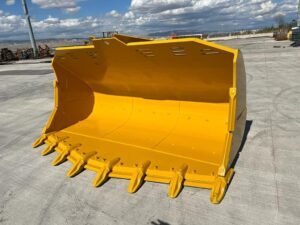
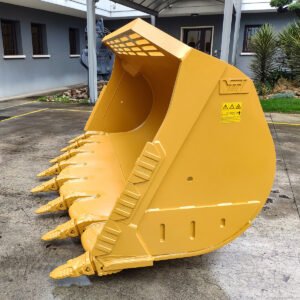
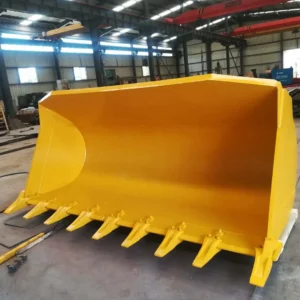
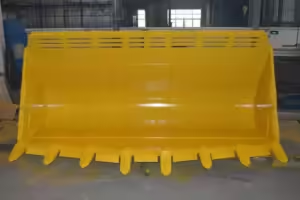
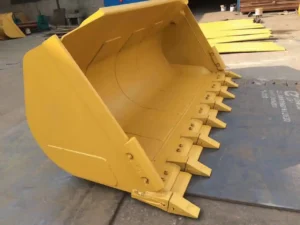
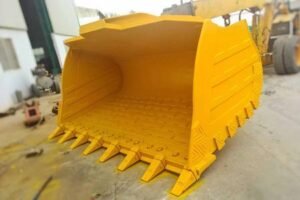

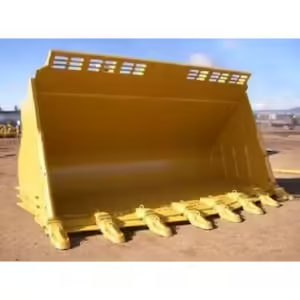
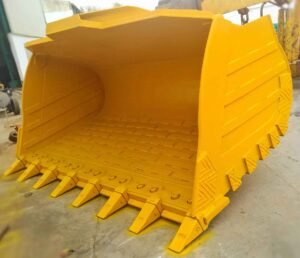
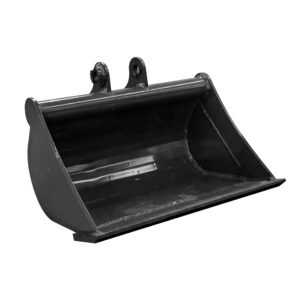
TEAM. All Rights Reserved. Developed by Pixel Tech.